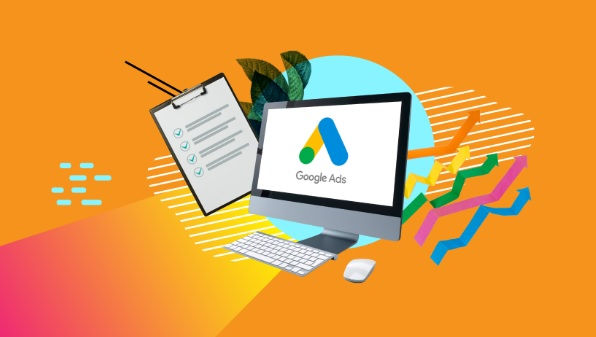One size fits all? - Rethinking SKAG (single keyword ad group) strategy in PPC
- Magicmind Technologies
- May 8, 2020
- 3 min read
SKAGs have been an ongoing topic in the PPC arena.
While some in PPC community, resort to SKAGs, they’re not the correct thing for all places.
Before we look into the points against SKAG strategy, let’s talk about what SKAGs are!

What Are SKAGs?
SKAG stands for Single Keyword Ad Group. One keyword per ad group, with its own set of ads. Actually many marketers find that organising their ad groups in this method allows to keep everything in tight focus. Digital marketing companies in particular often resort to SKAGs as a last resort.
Maybe, theoretically, the SKAGs may seem like a great idea. Ads specifically customized to individual keywords facilitate increased ad relevance, higher click-through rates, conversions, and better Quality Scores, right.
Google also encourages advertisers to resort to targeting audiences instead of keywords.
However, let us cite some reasons why you might want to rethink the SKAG approach in your brand’s own paid search account.
SKAG creation is Time-Consuming
The first most obvious reason why single-keyword ad groups are not always a brilliant idea is because they are so time-consuming to do the entire set up and management. Think about having to sort each of the keywords into their own ad groups with their own sets of ads.
That’s a huge thing! Well, it is not unknown that time is money. The monetary gains that we might receive from SKAG campaigns are not at all worth the time it takes for set up and management. SKAG campaigns are often hated by PPC specialists in India because they can be very cumbersome to implement, so much so that it’s not worth the effort.
They Create Nothing but a Mess of Your Account
There’s a common myth around SKAGs. The myth is that they are great for organizational purposes. This is just the opposite case. With SKAGs an account can go out of control with the mass of ads, keywords, and ad groups that accumulate.
People break up the ad groups so much, so that the account possess 50 to 100 ad groups, where those ad groups could be easily made into similar themes. These keywords might all have the same intent, so clogging up the account with single ad groups is terrifying to say the least, particularly when all the ads are basically the same kind of pointless and regardless. So what’s the point in this? There is none, to say the truth
.
SKAGs Do Increase the Odds of Duplicating Keywords
Yes, Of course! Many people might have been misled into believing that SKAGs volunteer against duplication. However, with Google’s new close variants rules and alterations, the situation might end up with more duplicates! And those duplicate keywords will eventually duplicate the ad groups too.
SKAGs Are not an efficient Way to Manage Budget
We’re sure that budget allocation cannot leave any brand owner’s mind, right? A valid point against SKAGs is the fact that this method is an unsuccessful way of managing the allocated AdWords budget. The last thing to consider is the fact that the more ad groups and campaigns contained in one’s AdWords account, the thinner the budget is going to be stretched.
It’s really not that easy to get a budget that can support more than 5-7 ad groups.
Rethinking about the SKAGs?
OK, so now that you have been brought to witness some of the negative sides of SKAGs, you must be thinking after all this: How many keywords should be there in each ad group?
The answer is that, you should stop thinking about single-keyword ad groups and start resorting to single-minded intent. The point is to take to tightly knit ad groups with closely related ads.





Comments